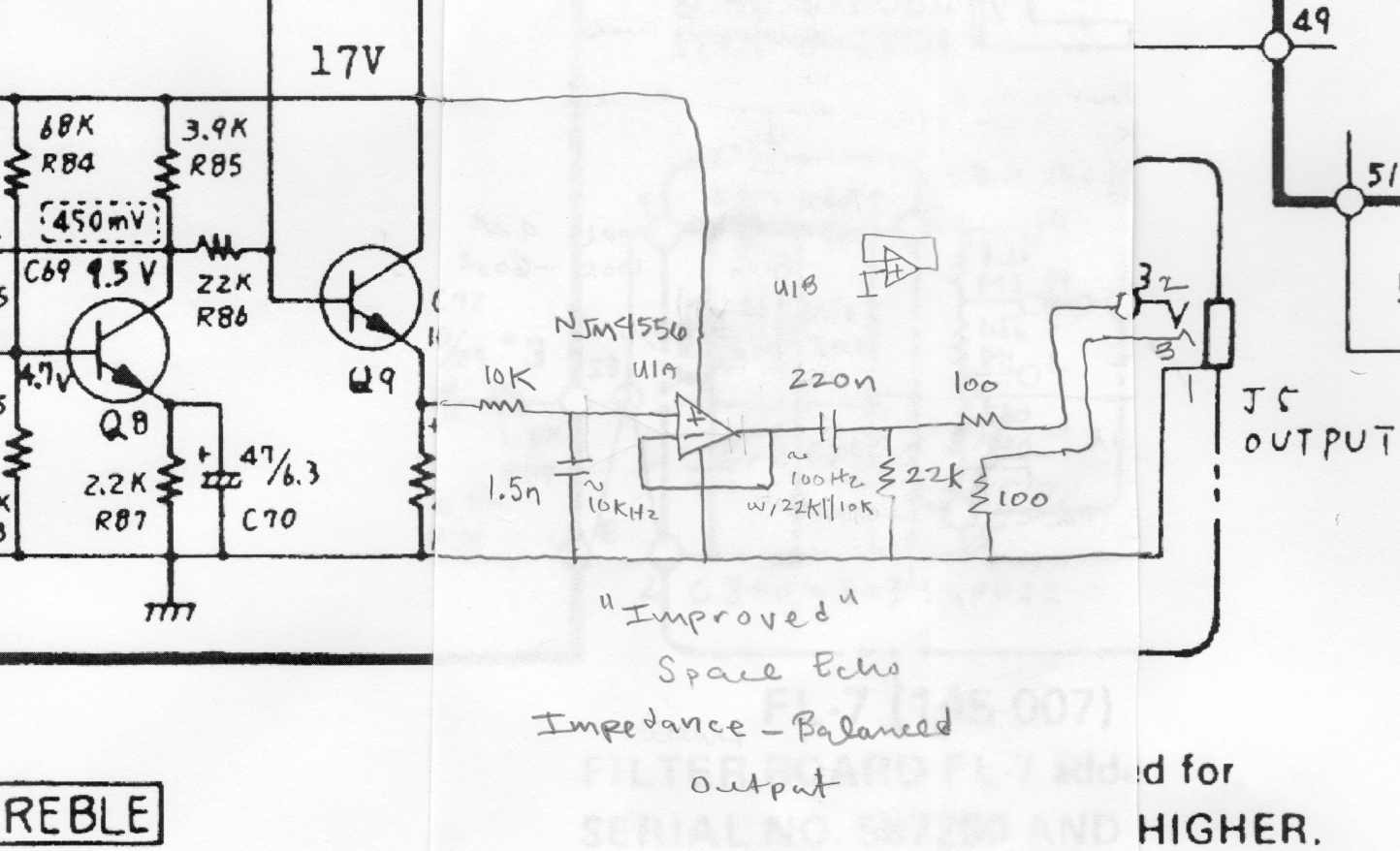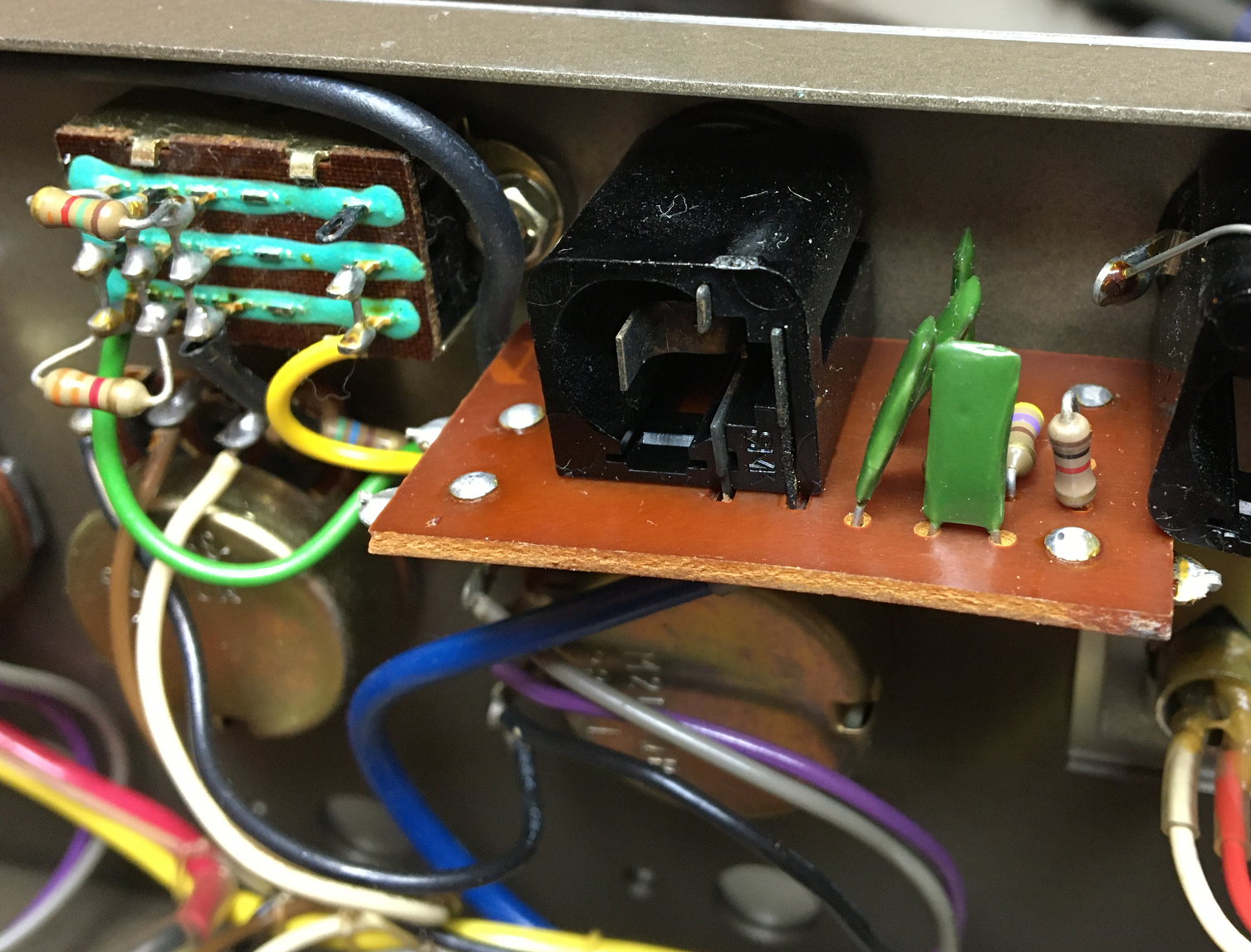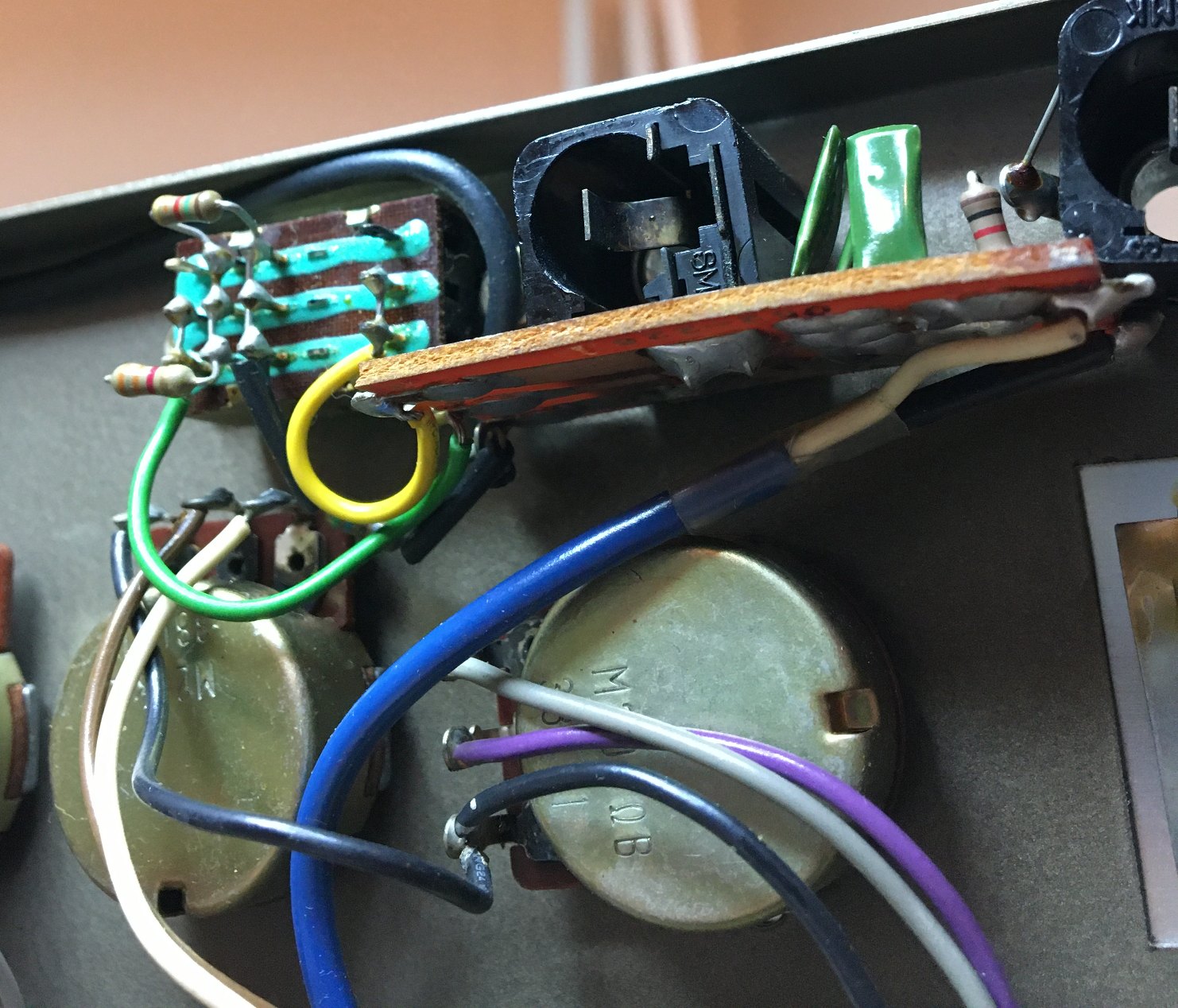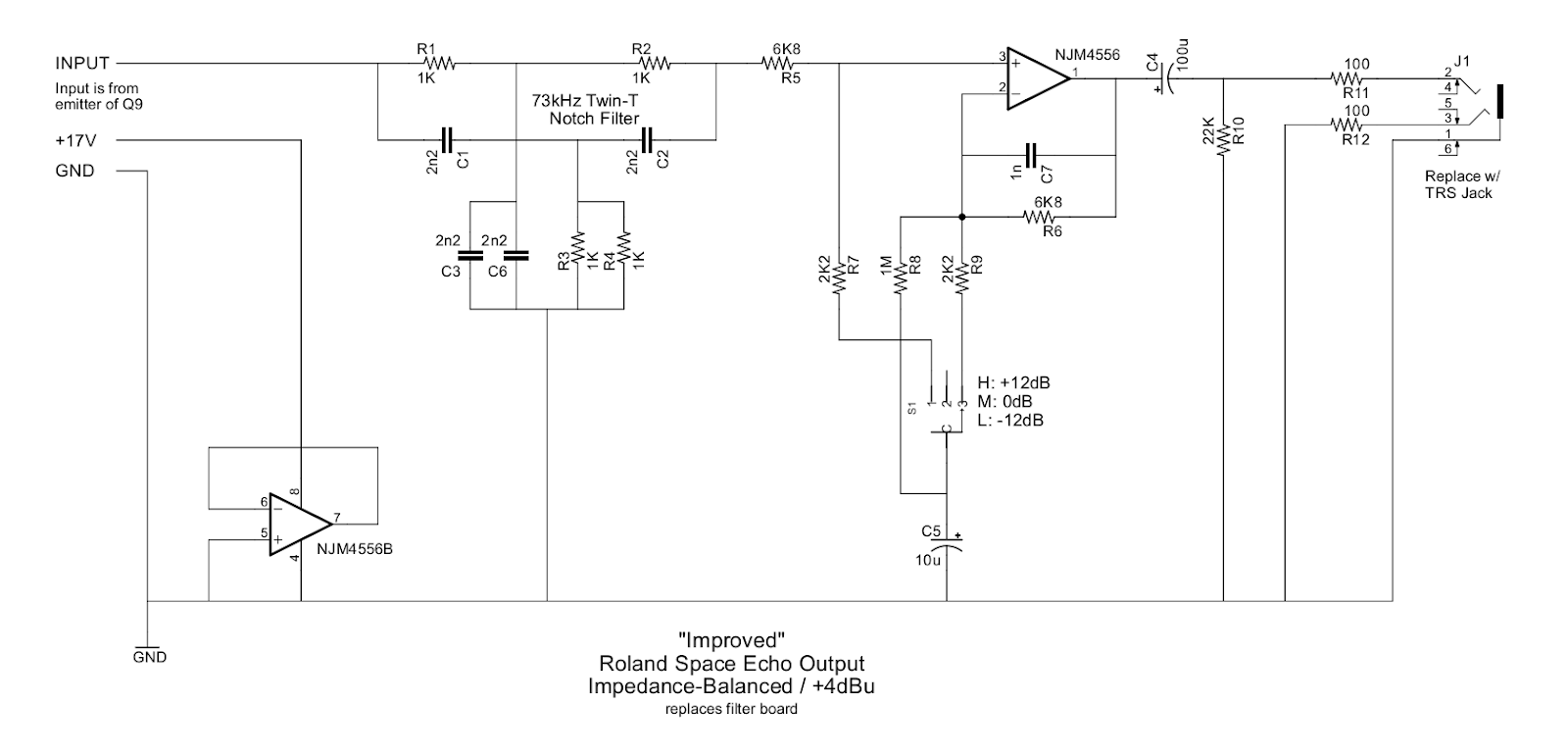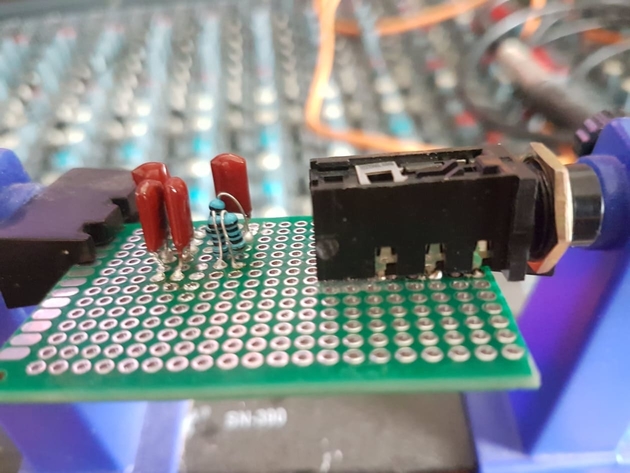I would like to add a balanced output to my Roland RE-201 echo machine.
The output impedance and levels are as follows:

I'm looking at the Jensen line output transformers
https://www.jensen-transformers.com/transformers/line-output/
and don't sure which one to choose.
Any suggestions?
The output impedance and levels are as follows:

I'm looking at the Jensen line output transformers
https://www.jensen-transformers.com/transformers/line-output/
and don't sure which one to choose.
Any suggestions?




